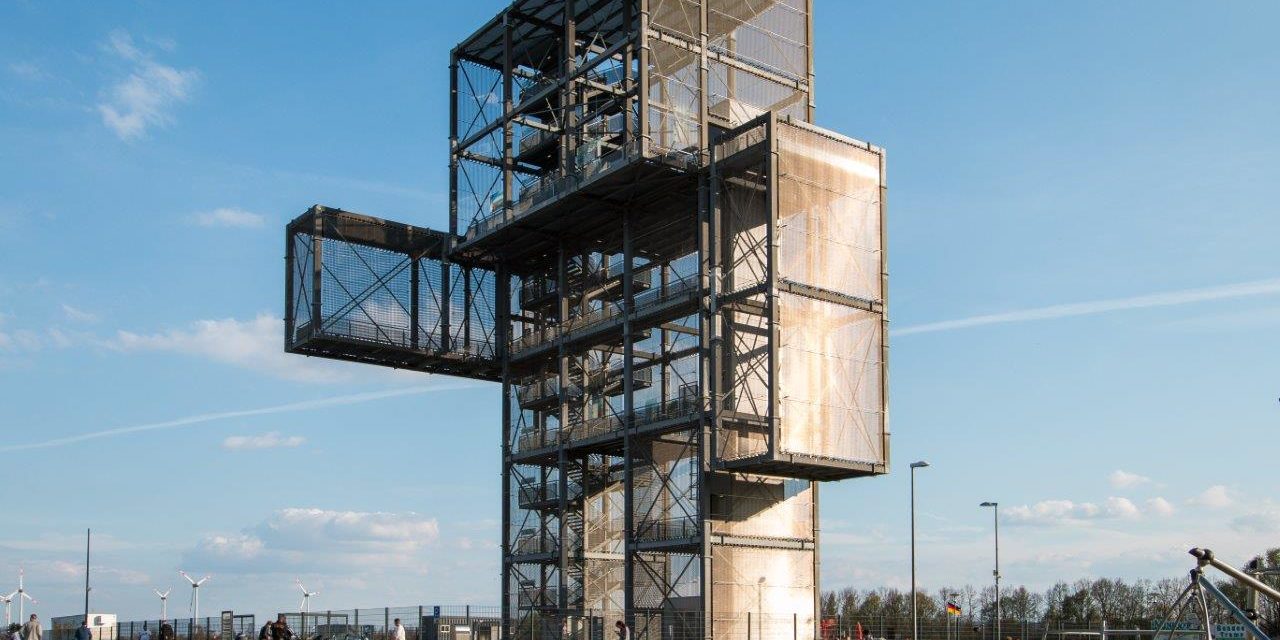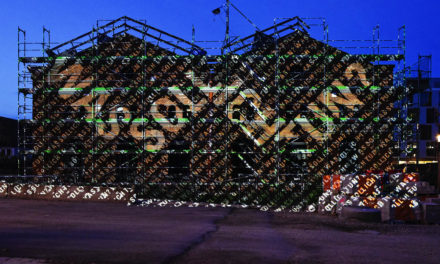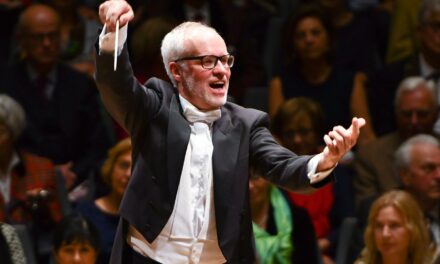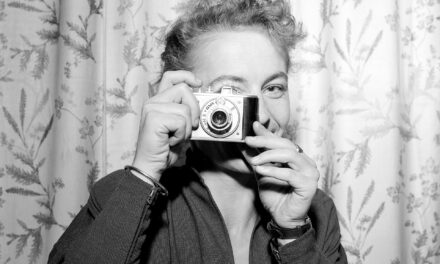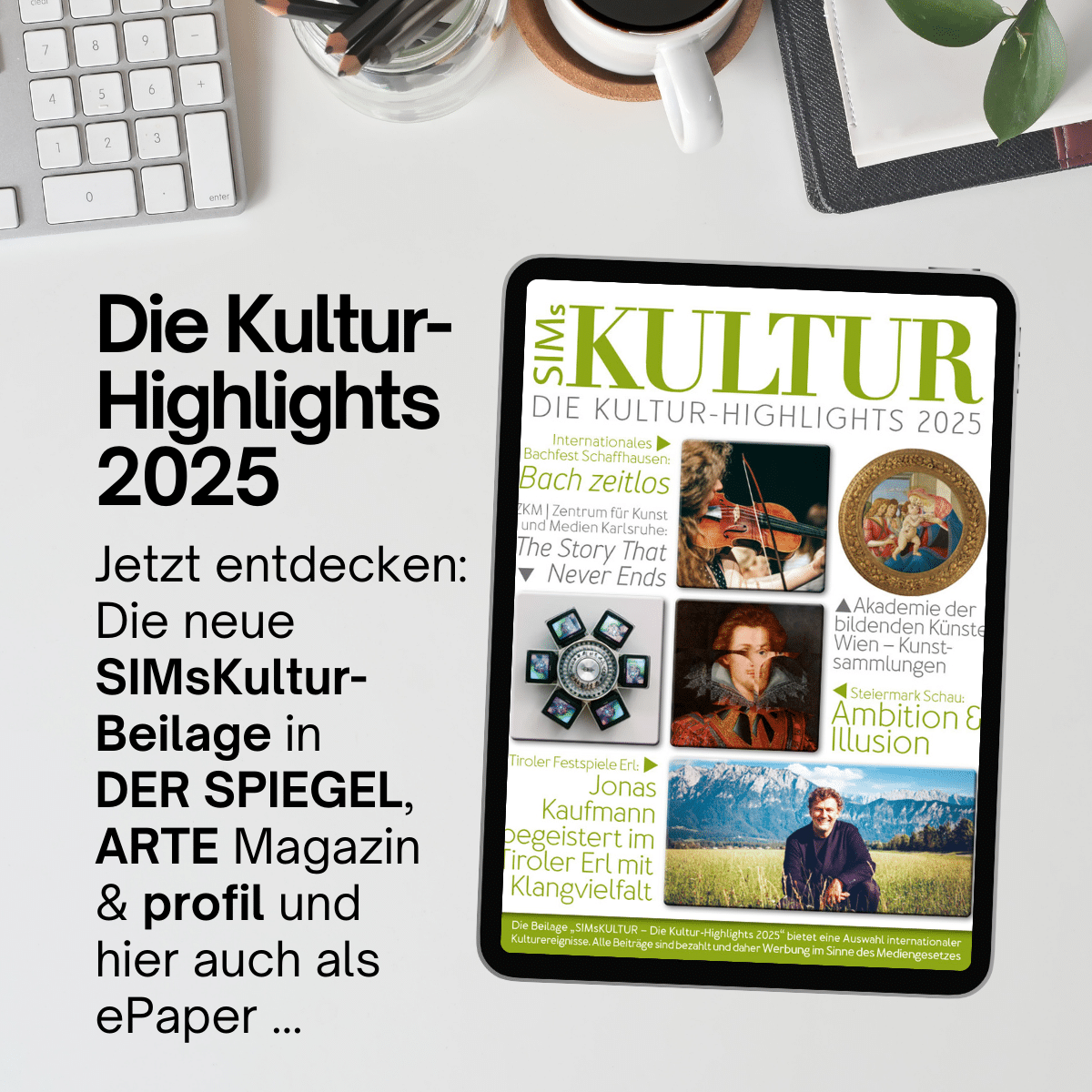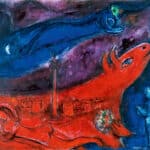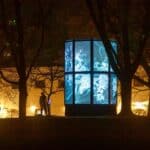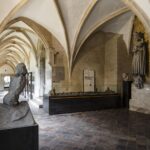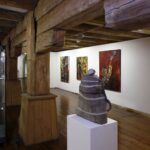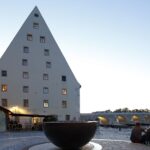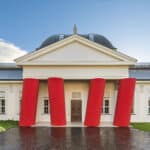With its size and location high on the Goltsteinkuppe, the Indemann is a symbol visible from afar for the prospects that indeland offers its inhabitants. Its modern architecture stands for the technical future of the region, its constantly changing glow in the dark for the structural change in the lignite mining area, its stability for the more than 10,000 years of indeland's history.
The Indemann is a 36-metre-high structure made of 280 tons of steel with 20,000 individual components. The twelve different levels can be reached via a total of 216 steps. An elevator goes up to 24 meters. The stainless steel mesh that encloses the structure is a joint production of ag4 media facade GmbH from Cologne and GKD Gebrüder Kufferath from Düren. The Dutch architectural firm Maurer United Architects was responsible for the idea and planning.
A total of 40,655 light-emitting diodes over an area of 1,470 square meters turn the Indemann into a glowing symbol of the Indeland region at night. The illumination of the Indemann was shown for the first time in August 2009. It was officially opened to the public on September 5 and 6, 2009. Three viewing platforms give visitors a panoramic view of the surrounding area and the nearby Inden open-cast mine.
The Indemann leisure center is located on the Goltsteinkuppe. The Goltsteinkuppe is a recultivated spoil tip created by the mining of brown coal, which is located near the Lucherberg district of the municipality of Inden in the district of Düren. It is the highest elevation in the municipality. The Indemann stands on it. The Inden open-cast mine is located to the north.
In 1819, lignite was discovered on the estate of Baron von Goltstein in Lucherberg near Inden between Jülich and Eschweiler. In 1826, the "Goltstein mine" began operations under BIAG Zukunft with an annual production of 100,000 to 150,000 clods. It was shut down in 1869.

